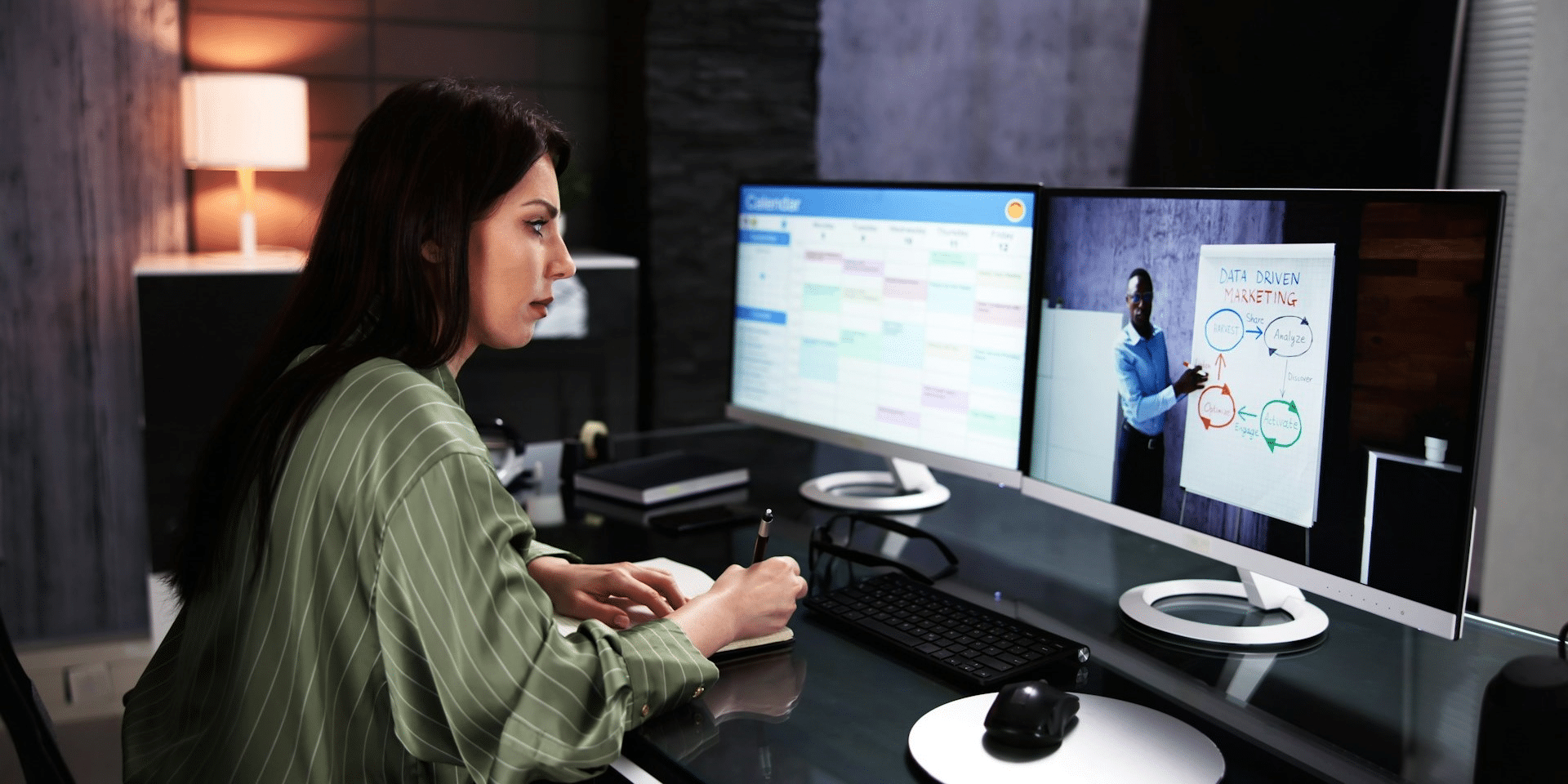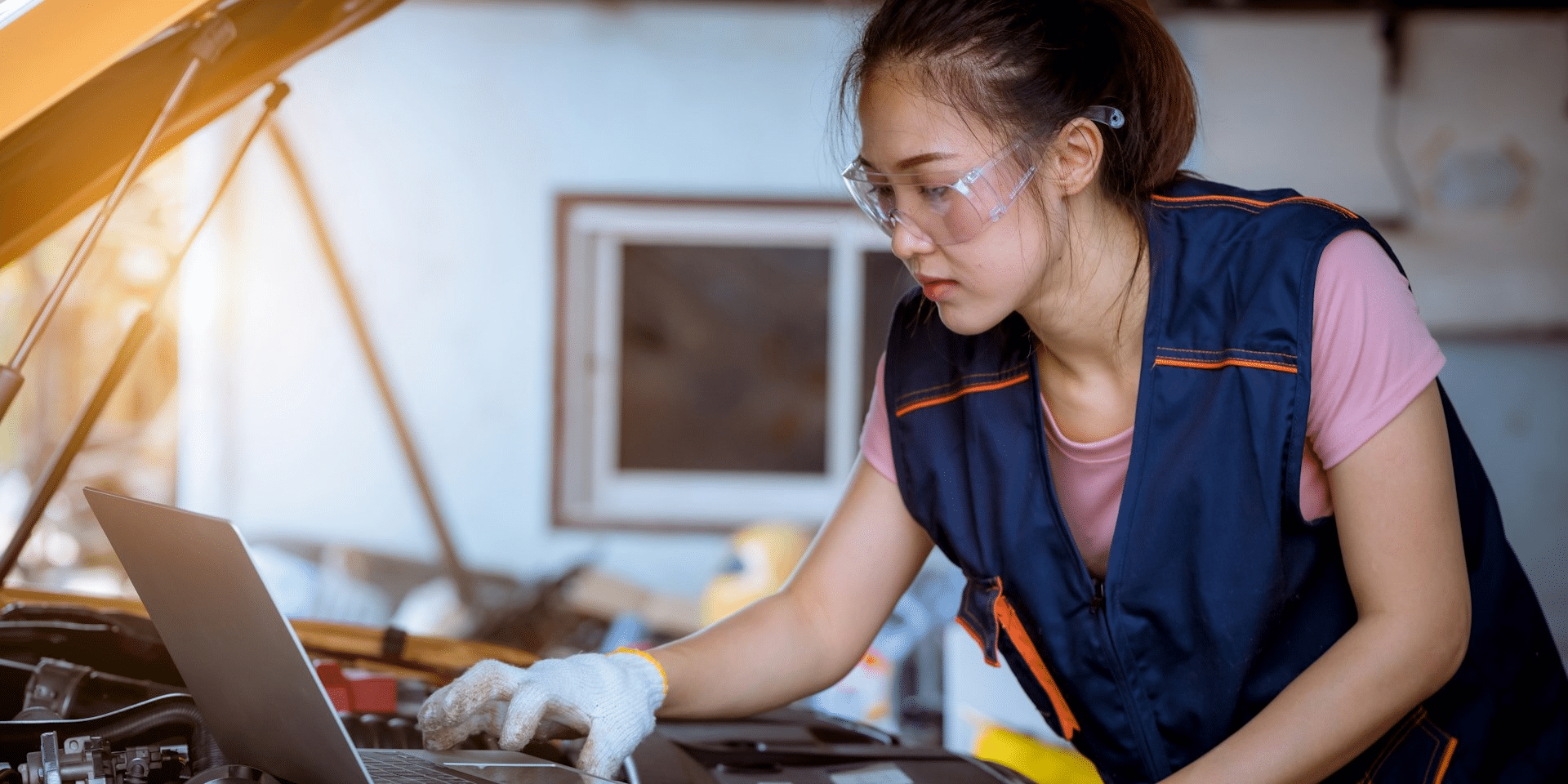In recent years, there has been a noticeable shift in classrooms across the globe as laptops become increasingly prevalent, gradually replacing traditional notebooks. This transformation is driven by a variety of factors, including advances in technology, the growing importance of digital literacy, and the desire to enhance learning outcomes. Let’s delve into the reasons behind the rise of laptops in schools and the implications of this shift for students and educators.
Embracing Digital Learning Tools
With the rapid advancement of technology, schools are increasingly incorporating digital learning tools into their curricula to enhance teaching and learning experiences. Laptops offer a versatile platform that allows students to access a wealth of educational resources, collaborate with peers, and engage in interactive learning activities.
Moreover, laptops provide students with the opportunity to develop essential digital literacy skills, such as information literacy, media literacy, and technology proficiency, which are increasingly important in today’s interconnected world. By integrating laptops into classroom instruction, educators can better prepare students for success in the digital age and equip them with the skills they need to thrive in an ever-evolving workforce.
Enhancing Accessibility and Flexibility
Unlike traditional notebooks, which are limited in functionality and storage capacity, laptops offer a wide range of features and capabilities that make them indispensable tools for students and educators alike. From word processing and multimedia editing to internet research and online collaboration, laptops enable students to access a wealth of resources and tools to support their learning goals.
Furthermore, laptops provide students with greater flexibility and accessibility, allowing them to learn anytime, anywhere. Whether they’re in the classroom, library, or at home, students can access course materials, participate in virtual discussions, and complete assignments using their laptops, eliminating barriers to learning and fostering a more inclusive educational environment.
Facilitating Personalized Learning Experiences
One of the key benefits of laptops in schools is their ability to facilitate personalized learning experiences tailored to individual student needs and preferences. With access to online learning platforms, educational apps, and interactive multimedia resources, students can engage with course content in ways that resonate with their unique learning styles and abilities.
Moreover, laptops enable educators to differentiate instruction, provide targeted feedback, and track student progress more effectively. By leveraging data analytics and learning management systems, educators can identify student strengths and weaknesses, adjust instructional strategies accordingly, and provide timely support and intervention when needed. This personalized approach to learning helps students stay engaged, motivated, and invested in their education.
Fostering Collaboration and Communication
In today’s interconnected world, collaboration and communication skills are essential for success in both academic and professional settings. Laptops facilitate collaboration among students and educators by providing tools and platforms for sharing ideas, collaborating on projects, and communicating effectively.
Whether through online discussion forums, virtual group projects, or real-time collaborative documents, laptops enable students to work together seamlessly, regardless of physical location or time constraints. By fostering a collaborative learning environment, laptops encourage students to share ideas, perspectives, and expertise, enriching the learning experience for everyone involved.
Addressing Challenges and Concerns of Laptops
Despite the numerous benefits of laptops in schools, there are also challenges and concerns associated with their widespread adoption. Some educators worry about the potential for distraction and misuse of technology in the classroom, while others express concerns about equity and access for students from low-income backgrounds.
However, with proper guidance, supervision, and digital citizenship education, educators can help students develop responsible technology habits and use laptops in ways that enhance their learning experience rather than detract from it. Additionally, efforts to bridge the digital divide through initiatives such as one-to-one laptop programs, discounted or subsidized devices, and community partnerships can help ensure that all students have access to the technology they need to succeed.
Embracing the Future of Education
In conclusion, the rise of laptops in schools represents a significant shift in how education is delivered and experienced. By embracing digital learning tools, enhancing accessibility and flexibility, facilitating personalized learning experiences, fostering collaboration and communication, and addressing challenges and concerns, educators can harness the power of technology to create more engaging, inclusive, and effective learning environments for students.
Ultimately, laptops have the potential to revolutionize education by empowering students to take ownership of their learning, collaborate with peers, and access a wealth of resources and opportunities that were previously unimaginable. As technology continues to evolve and become more integrated into everyday life, educators must adapt their teaching practices to ensure that students are equipped with the skills, knowledge, and competencies they need to thrive in the 21st century and beyond.











